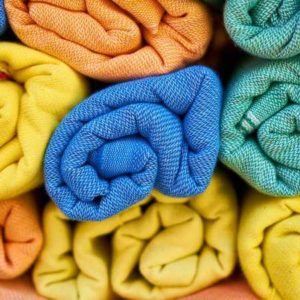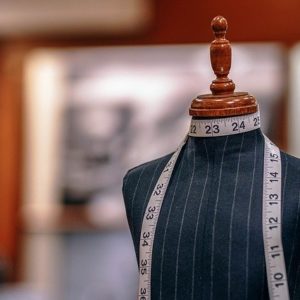Applying the QFD Approach to Revolutionize Apparel Manufacturing
In today’s fast-paced fashion world, meeting customer expectations is paramount. But how can apparel manufacturers ensure that every garment rolling off the production line not only looks good but also feels right and lasts long? Enter the Quality Function Deployment (QFD) approach—a game-changer for the apparel industry. Let’s dive into how QFD can elevate apparel manufacturing to new heights.
Understanding QFD in Apparel Manufacturing
QFD, at its core, is about translating the voice of the customer into actionable manufacturing processes. In the context of apparel, this means understanding what wearers truly desire—be it the softness of a sweater, the durability of workout gear, or the perfect fit of a tailored suit—and ensuring these needs are met consistently.
Step-by-Step: Integrating QFD in Garment Production
Listening to the Customer:
- Before anything else, it’s crucial to know what the customer wants. This involves gathering feedback through surveys, reviews, and even direct interactions. Do they want eco-friendly materials? Are they looking for breathable summer wear? These insights form the foundation of the QFD approach.
Building the House of Quality:
- This is where customer desires are translated into technical terms. If a customer wants a “lightweight summer dress,” this could mean using a specific fabric blend and ensuring a certain GSM (grams per square meter).
Prioritizing Needs:
- Not all customer needs are created equal. Some might prioritize durability over design, while others might want the latest fashion trends. QFD helps manufacturers rank these needs, ensuring the most critical aspects are addressed first.
From Design to Production:
- With clear technical specifications in hand, the manufacturing process can be tailored to meet these needs. This might involve sourcing specific materials, training staff on new stitching techniques, or even investing in advanced machinery.
Quality Checks & Assurance:
- QFD emphasizes continuous quality assurance. For apparel, this means regular checks on fabric quality, stitching integrity, and overall garment fit.
Feedback Loop:
- The process doesn’t end once the garment is sold. Manufacturers should actively seek feedback, refining their processes to better align with evolving customer preferences.
The QFD Advantage in Apparel Manufacturing
By integrating QFD, apparel manufacturers can:
- Reduce Returns: By meeting customer expectations, the likelihood of returns due to quality issues diminishes.
- Increase Brand Loyalty: When customers know a brand consistently delivers on its promises, they’re more likely to return.
- Streamline Production: With clear guidelines in place, wastage reduces, and production becomes more efficient.
Conclusion
In the ever-evolving world of fashion, staying ahead means more than just following the latest trends. It’s about understanding and meeting customer needs at every step. With the QFD approach, apparel manufacturers have a robust framework to ensure they’re always in tune with their customers, leading to better products, happier customers, and a stronger bottom line.
Optimize your apparel manufacturing with the QFD approach and watch as customer satisfaction and brand loyalty soar to new heights.







